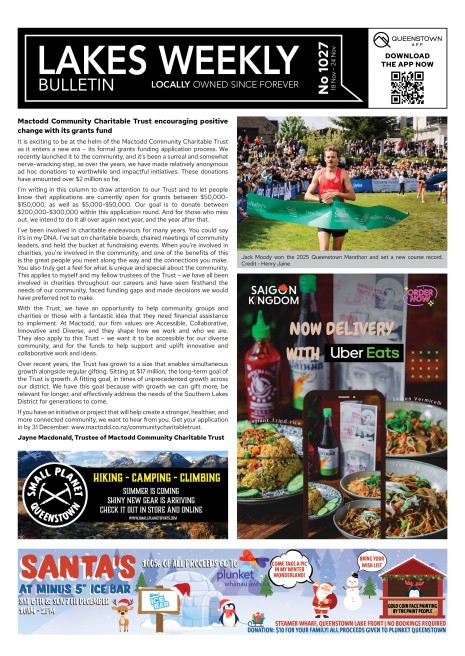Exercise for Osteoporosis

by Deni Zawalski
Our bones are constantly remodelling, old bone breaking down (resorption) and new bone being made (formation). Our peak bone mass is reached around age 30, then, as we age more of our bone is breaking down in comparison to the formation, and our bones can become more brittle and fragile and can eventually lead to a condition called osteoporosis. This is accelerated even further for women who have gone through menopause due to the role that oestrogen plays in the formation of bone.
So, knowing that with age we will see a decline in bone density, it’s in our best interest to maximise the amount we have whilst we have the physical capacity to do so. Think of it like adding to a savings account before going into retirement, we know that eventually we will have less money coming in, so we want to have as much in reserve as possible.
The type of exercise we do is important for bone density. Whilst things like swimming and cycling are great for our cardiovascular health, they don’t improve bone density as they are non-weight bearing. Instead, we should focus on things like walking and strength training. If you’re capable, try and add in more impact through activities such as skipping, running or walking with resistance (holding weights or wearing a heavy backpack). Strength training with moderate to heavy weights is also beneficial, as the contraction of muscles puts load through our bones which helps reduce the resorption and increase formation of bone.
If you already have osteoporosis, exercise is especially important, but you will have more considerations. You will need to avoid anything that could cause a fracture – such bending or rotating the spine with resistance, or exercise which may cause you to fall. Start off with something that you are confident with such as a daily walk and some body weight resistance exercises, and then progress to a faster walk or jog, adding stairs or adding more weight to your exercises. It is also vital that you practice your balance as this will help reduce your risk of falling and fractures.
How do I get started?
If you don’t have osteoporosis but want to prevent it in the future, incorporate at least two sessions of strength training into your routine per week, this may be in classes, gym sessions, or home exercise sessions. Also include some weight-bearing exercise such as walking, jogging, dancing or step aerobics!
If you DO have osteoporosis, look for a balance or falls prevention class. Be mindful of large group classes targeted at strength training as some exercises may not be suitable for you. If in doubt, find yourself a health professional who understands the condition and can give you guidance on how to get started.
At Alpine Health and Fitness we offer a balance class for over 65s every Tuesday at 11.00am. Before joining you must book in for an induction by emailing lesiurelys@qldc.govt.nz









